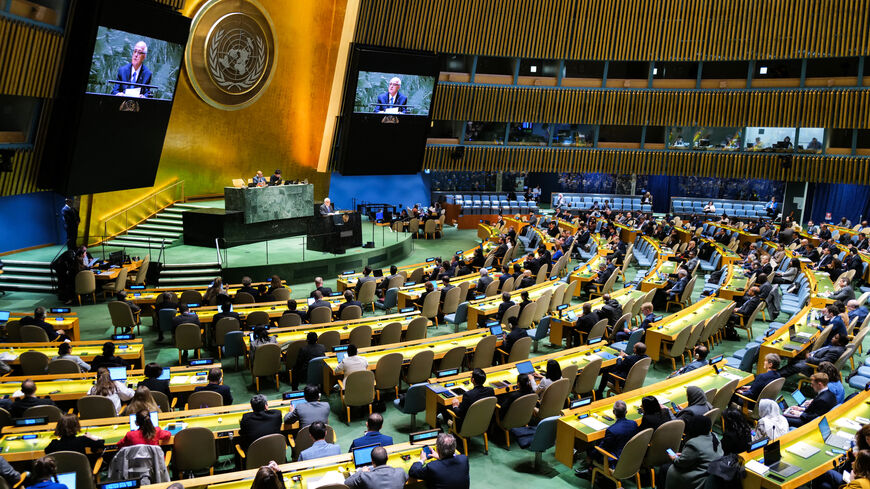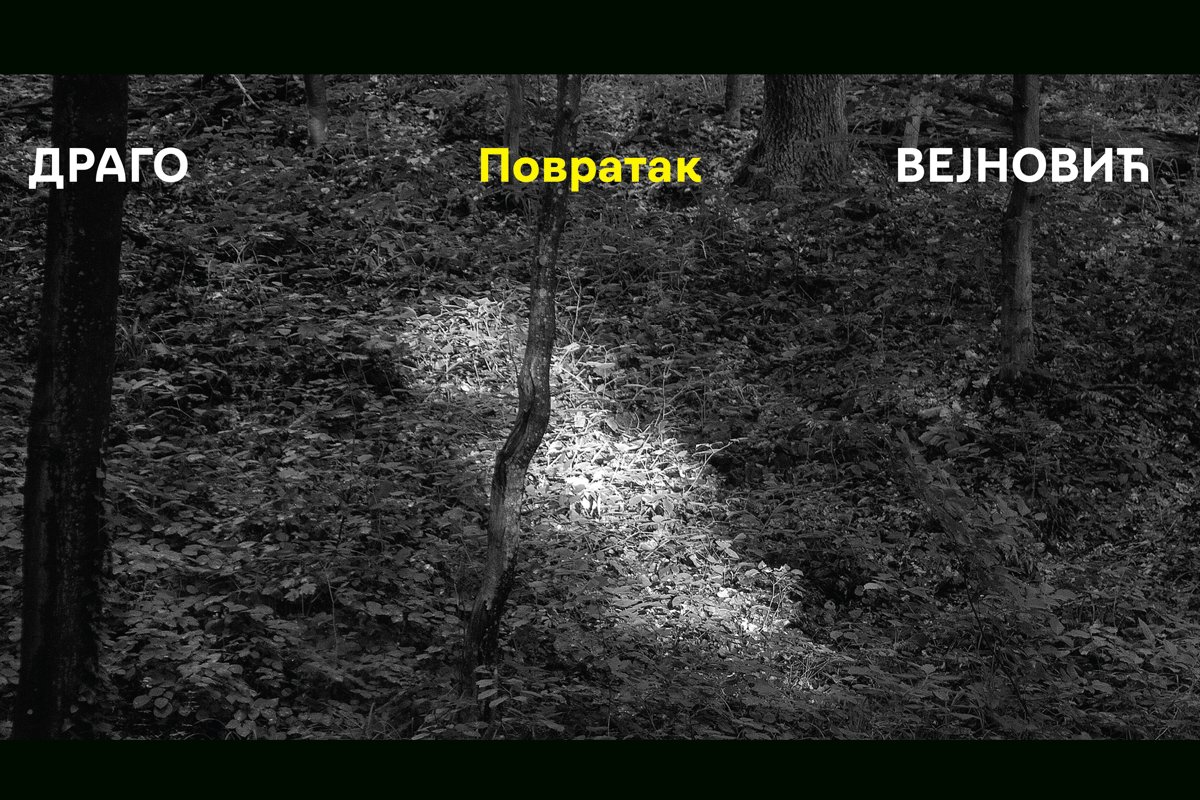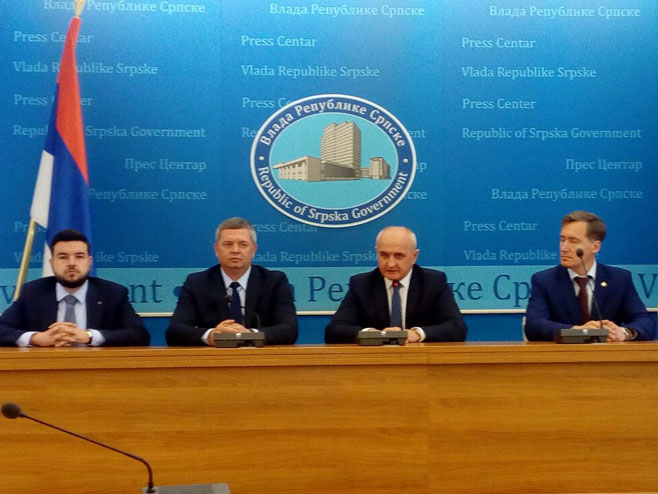“Everyone reasonable, on November 25th, from the war onwards, poses one logical question: How can anyone connect the Kotromanićs, Ottomans, Austro-Hungarians, Partisans, Green Berets, and the American Dayton Peace Agreement, and turn it all into a celebration of the ZAVNOBiH anniversary?” asked lawyer Ognjen Tadić in his column.
Here’s Tadić’s column in its entirety:
“Anyone familiar with history knows that the second slaughtered the first, that the third slaughtered the second (and paid the sale price of BiH to others), that the fourth slaughtered what had re-emerged from the third in 1941, that the fifth slaughtered the fourth, and the sixth subjugated the fifth. So why on earth would anyone put them all in the same basket and make them the state-building foundation of BiH? The answer is very clear, even logical – the ancestors of those who organize all of this first fled from the Kotromanićs to the Ottomans, then from the Ottomans to the Austro-Hungarians, then from the Austro-Hungarians to the Karađorđevićs, who are blood-related to the Nemanjićs through the Romanian royal lineage, hence to the Kotromanićs. The Ottomans have no connection to BiH’s ‘statehood’ because they conquered and destroyed the kingdom of Kotromanić (the kingdom of ‘Serbs of Bosnia, Zahumlje, Western sides, Lower Kraji, Usora, Soli, Primorje, and Podrinje’), and their treatment of BiH as a non-state possession is best illustrated by the fact that after annexation from Austria-Hungary, they received a sale price for the sale of BiH amounting to 2.5 million Turkish gold pounds.
There’s no need to talk about the Austro-Hungarians. Unlike their relationship with Hungary, Croatia, Czechia, they never fully integrated BiH into their internal structure because that would mean expanding the Austro-Hungarian compromise of 1867. Instead, they de facto held it as an annexed possession. The whole notion around the Zemaljski Ustav (Statute) of BiH is actually a regulation on how people and government bodies in BiH should behave towards the Ministry of Finance of Austria-Hungary, which was in charge of governing BiH. The document states: ‘Bosnia and Herzegovina are a single administrative region, according to the law from February 22, 1880, state law number 18, common law, chapter VI: 1880, under the responsible leadership and supreme supervision of the joint ministry. Governing the country and applying laws is the duty of the land government for Bosnia and Herzegovina in Sarajevo. It is subordinated to the joint ministry, which is entrusted with the leadership of the Bosnian-Herzegovinian administration and is responsible for its entire official business.’
Only in the first Yugoslavia, in the Constitution of the Kingdom of Serbs, Croats, and Slovenes from 1921, does BiH appear for the first time in a constitution as part of the constitutional provisions of a state, and that in a loose sense, because it says: ‘By the law on the division of regions, Bosnia and Herzegovina will be divided into regions within their current borders. Until this is regulated by law, districts in Bosnia and Herzegovina are considered regions. The merging of these regions is done by the decision of the regional assemblies of the respective regions adopted by a majority of 2/3 votes within the boundaries defined by article 95, paragraph 3 of the Constitution. Individual municipalities or districts may be detached from their regions and attached to another region within or outside the current borders of Bosnia and Herzegovina, if their self-governing representatives agree by a decision of 3/5 votes and this decision is approved by the National Assembly’ (article 135). In the Independent State of Croatia (NDH), there was no special status for BiH, and consequently, on its territory, as well as on the entire territory of NDH, the sovereign was the Italian prince and king of NDH, Aimone Roberto Margherita Maria Giuseppe Torino di Savoia, better known as Tomislav II. Only from the sessions of the ZAVNOBiH under the leadership of Vojislav Kecmanović does the story of BiH as a subject begin, and that within the new AVNOJ Yugoslav framework. With that event from November 25, 1943, no one else whom today’s organizers of the ZAVNOBiH celebration forcibly push under the mantle of that former holiday or avoid mentioning, like the Karađorđevićs or the NDH, achieves any state-building continuity.
Of course, there’s also the moral aspect of the whole story. Is it morally right in 1991/92 to do everything to destroy Yugoslavia and ZAVNOBiH’s BiH in order to create an Islamic republic in the Balkans, and when that war goal is defeated both by Americans and by Serbs and Croats, then hide behind ZAVNOBiH and call on us Serbs, whose ancestors were largely part of the Partisan movement and ZAVNOBiH, to celebrate it together? I would say it’s not. To me, it looks like a situation where someone sets fire to a house and then invites the same person to celebrate the day when the building permit was obtained. Sickening, isn’t it?!
That’s why in the eyes of anyone who values history, their own dignity, and listens to reason, each of these post-war ZAVNOBiH celebrations organized by today’s political Sarajevo is nothing but an attempt to legitimize a long and uninterrupted series of vassalage and servitude – from the Ottomans to the Americans, and the collapse of the project of creating an Islamic Republic of BiH. This cannot be accepted because it would mean that we are renouncing our ancestors and demeaning all their sacrifices in battles against all the mentioned occupiers of our Bosnia, our Zahumlje, our Podrinje, our Usora, our Soli, our Lower Kraji, our Primorje, our Western sides, ultimately our Serbian people. It just doesn’t work, folks!”









